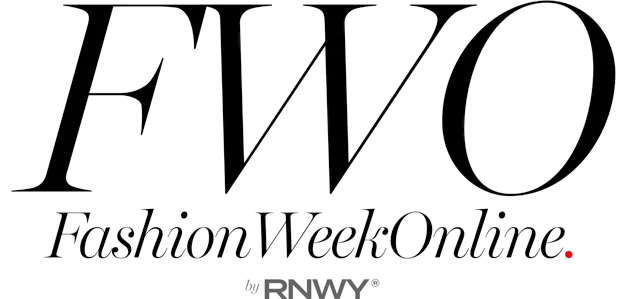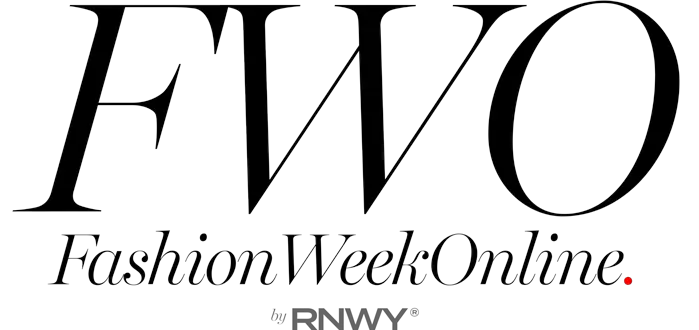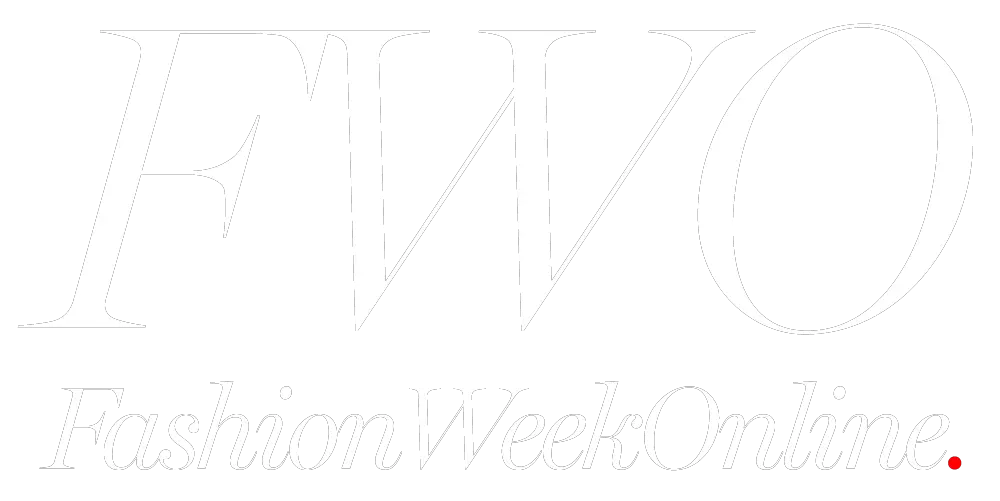Fern Mallis:
A Sartorial
Heir
FWO Influencers Presents: Fern Mallis, Creator of “7th on Sixth”
By Chris Collie and Pablo Starr
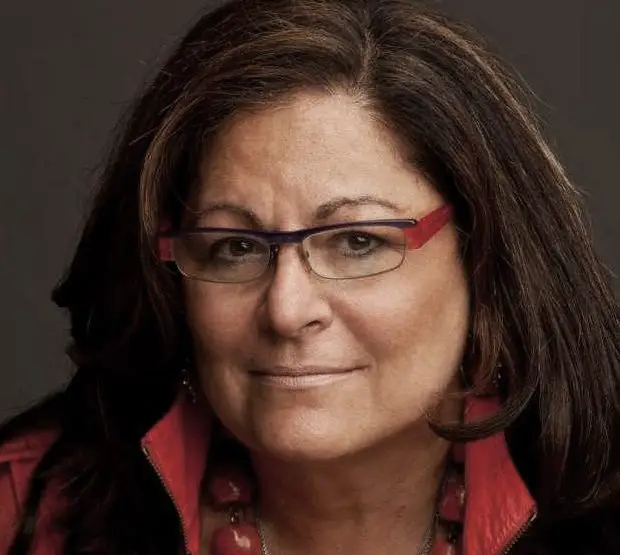 From her much-publicized disagreement (and reconciliation) with Kanye West, to her iconic status as creator of “7th on Sixth,” the precursor to our modern notion of a centralized “New York Fashion Week,” Fern Mallis is at the very center of New York fashion.
From her much-publicized disagreement (and reconciliation) with Kanye West, to her iconic status as creator of “7th on Sixth,” the precursor to our modern notion of a centralized “New York Fashion Week,” Fern Mallis is at the very center of New York fashion.
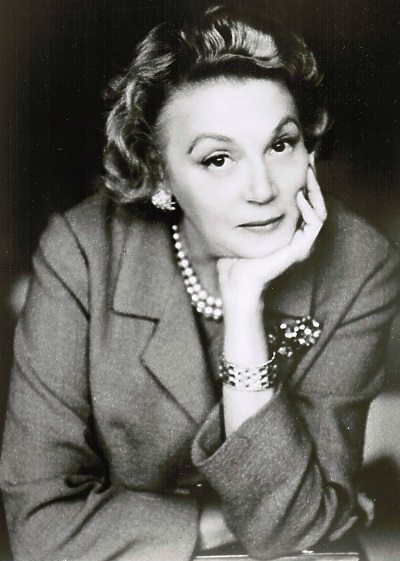
In a very real sense, she’s the sartorial heir of fashion legend Eleanor Lambert, founder of the CFDA and a towering figure of the New York fashion community for many years. Whereas Lambert created the first-ever global “fashion week” in the 1940s (then known as “Press Week”) it was Mallis who, as head of the CFDA, organized the events under one roof (or in this case, tent), creating what’s now known as “New York Fashion Week.”
She’s the sartorial heir of fashion legend Eleanor Lambert.
Today, she’s still a central figure in the fashion industry. Through her Fashion Icons with Fern Mallis series, she’s interviewed everyone from Valentino to Calvin Klein to Victoria Beckham.
Missed seeing those interviews live? Don’t fret.
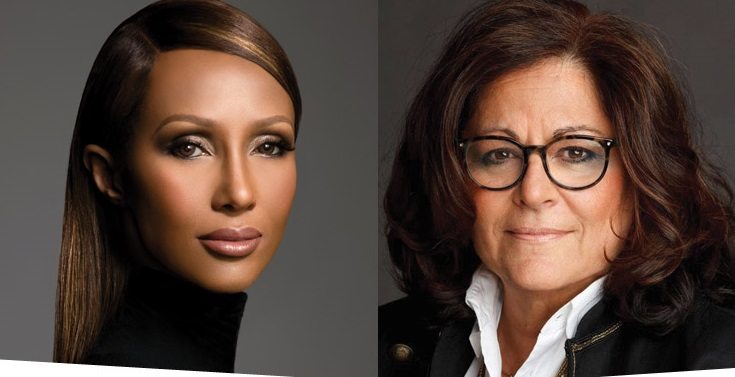 You can still buy tickets to see her speak with Iman and Cindy Crawford, Sept. 8th & 29th.
You can still buy tickets to see her speak with Iman and Cindy Crawford, Sept. 8th & 29th.
Q:We’re sitting here with “the Queen of Fashion Week,” as I like to call her. Former executive director of CFDA. We know she’s busy, so we’re going to make this as brief and as painless as possible.
 A lot of people know your history with New York Fashion Week, but I wanted to go back to the beginning.
A lot of people know your history with New York Fashion Week, but I wanted to go back to the beginning.
When you were in college, or getting out of college, what was your actual goal in fashion? Did you want to be in fashion, or did it just happen organically?
You said you wanted to make this quick? (laughs)
I grew up in a fashion family in New York. I grew up in Brooklyn; my dad worked in the garment district, and all his brothers did. So I grew up going to work with him every chance I got, every vacation or day off from school, and fell in love with the hustle and bustle of the industry. In those days, with all the garmentos on the street, and the trolleys with the fabrics and the garments …
My dad worked in the garment district, and all his brothers did …
Q:Good days.
Yeah, well, it always seems like the good old days. The industry really was based there, and the manufacturing was there, and the production was there. And you could feel that energy in the room. But then, as I went through school, I won fashion design awards in high school, I went to college in Buffalo. And my father said, “You’re not going to study fashion. If that’s what’s in your blood, you’ll do that when you get out of school. Get a good liberal arts education.”
My father said, “You’re not going to study fashion. You’ll do that when you get out of school.”
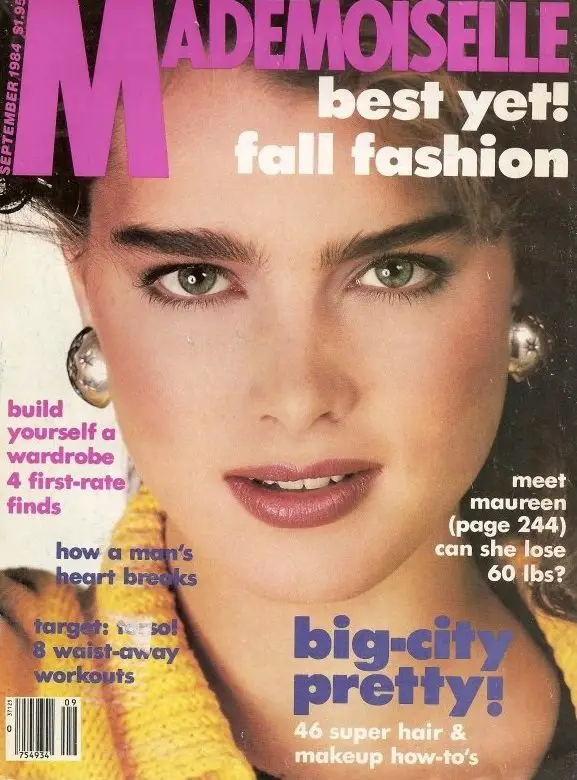 But I entered a contest when I was in college, from Mademoiselle magazine, which in my era was the magazine. It was the smart woman’s magazine.
But I entered a contest when I was in college, from Mademoiselle magazine, which in my era was the magazine. It was the smart woman’s magazine.
It was a Condé Nast book, and it was fashion and beauty, but it was also about poetry and writing, and photography. It had all the elements. So I entered their college competitions and guest editor competition, and I was one of the 20 winners across America who were brought in to guest edit what was known as the College September “Going Back to School” issue.
I entered a contest from Mademoiselle magazine.
Now nobody has “back to school” issues because they buy a new pair of jeans. It’s all changed a lot. And if that contest existed today, it would probably be a reality show, with 20 girls living in a hotel, competing for the job, or the hot new boyfriend that you’re meeting at some party that they arranged for you. So that’s how my career started.
If that contest existed today, it would probably be a reality show.
Q:Was there a “big picture” for you? “Okay, I’m in the industry. I want to be this, or I want to be that.” Or was it more of a gradual process, where you learned what you wanted to be?
That’s a good question. I think it’s a gradual process. I think you learn from each job you have. After being selected as one of the Mademoiselle guest editors — which was a monthlong experience in June — I went off on my prerequisite summer vacation in Europe, the trip when you graduate college, but I was the only one of the 20 asked to come back and get a full-time job with the magazine.
[Editor’s note: Other notable Mademoiselle guest editors have included Betsey Johnson and Sylvia Plath.]
I was the only one asked to come back and get a full-time job with the magazine.
So I started my career in publishing at Mademoiselle doing a variety of things, ultimately doing retail, store promotions, traveling all over the country doing events in the department stores. And at that time I thought the goal would be to become like the fashion director of a store, or … you know, I didn’t think women could be presidents of a store at that time. When I look back, that would have been a job I would have liked to have had, or done. Because I liked that excitement of putting it all together.
Q:Now let me ask you. What store would you have preferred? Is that putting you on the spot?
Oh, you could really trick me on that.
Q:I tried, I tried. Now, as far as the groundwork you’ve laid with New York Fashion Week, where do you see that groundwork is still being preserved? And what have you seen as the greatest change with fashion week?
Very big changes, with this season especially. Even today’s New York Times has an article about how now there’s this competing set of logos for New York Fashion Week, between WME-IMG — where I was before WME came in — and CFDA, which is taking more of a controlling interest in fashion week, and the branding of it, and the calendar for it, which they purchased from Ruth Finley.
Now there’s this competing set of logos for New York Fashion Week.
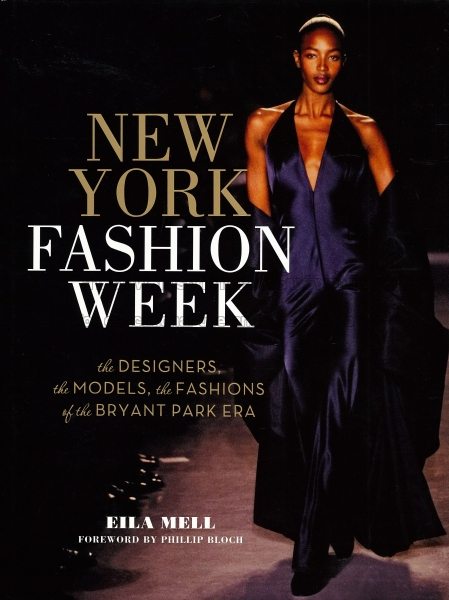 So there are a lot of chiefs now. And the venues are pretty scattered. The organized venues that I was very proud of creating in Bryant Park for 18 years, which was the event that changed it all, and that really solidified the American fashion industry, and put us squarely center on the map, and created everything that has since come from that, and then 5 years after it was in Lincoln Center in Damrosch Park. And everyone will clearly say it wasn’t the most successful venue.
So there are a lot of chiefs now. And the venues are pretty scattered. The organized venues that I was very proud of creating in Bryant Park for 18 years, which was the event that changed it all, and that really solidified the American fashion industry, and put us squarely center on the map, and created everything that has since come from that, and then 5 years after it was in Lincoln Center in Damrosch Park. And everyone will clearly say it wasn’t the most successful venue.
Q:I’m glad you said it before me.
And now that that’s over, I think we’re all in for an interesting season. The two venues that IMG has – well really three, if you count Milk Studios – and then there’s mid-Chelsea piers, with Pier 59, which I’m very fond of. We actually did shows during my time running fashion week. We did a season at Pier 59 when we were booted out of Bryant Park one time. And that’s terrific, because it’s a beautiful studio space. And then there’s everywhere else, you know, wherever you can find it: loft space or warehouse. Which is getting harder and harder in New York.
Q:It is. So, just touching on that, I was able to attend the Men’s Fashion Week, and was able to get a peek at Clarkson, where IMG’s shows will be held. So, do you like those venues?
You know I think the men’s shows were very well organized. I mean I loved the men’s shows, because it’s a very nice vibe, the men’s industry. I think that Skylight at Clarkson did a very nice job. CFDA did a beautiful job organizing it. And it flowed very nicely. IMG is now going to reinvent the interior of that to accommodate bigger shows, and accommodate ten times as many people, if not more, coming through those venues.
I think the men’s shows were very well organized. It’s a very nice vibe, the men’s industry.
So, while it worked nicely for that size crowd, we’ll see how it works for the women’s shows.
Q:I’m a big fan of your Conversations with Fern. I’ve attended a few.
The 92nd Street Y series?
Q:Yes, 92nd Street Y, and I attended the one you did with Tyson. What do you think makes a lot of these iconic people feel so comfortable when they speak with you? I was looking at the Nicole Miller interview – excuse me, I meant the conversation with Donna Karan – and it was funny. Because when I saw that she’d stepped down from Donna Karan International, I went back to your interview with her, when she was speaking so passionately about Haiti, and I said “you know what, from that interview, I could have predicted this was coming.”
So what do you think makes them so comfortable giving you so much inside detail? They’ve very calm; they open up.
What do you want me to say, I drug them? Only kidding, only kidding. It’s because I have a history with them. With most of them. And we’ve worked together for many, many years, and they trust me.
Remarkably, nobody’s ever said, “Don’t talk about this.”
I’m clearly not there to expose dirty secrets or something in the closet that they don’t want to talk about. I will ask them in advance of the interview, “Is there anything off limits?” And remarkably, nobody’s ever said, “Don’t talk about this.” They’ve all been: “Fine. Go there.” And my interviews start a little bit like you started with me. Going back into where they grew up, their parents, their family. Things that become very warm and cozy to them. So they get into a frame of mind about a comfort factor. And I ask questions that I want to know, and I assume other people want too, if I want to know that. I’m not asking them about their collections. You could read that in any paper.
I don’t think enough people hear the voices of these people. You see them, and you see them in party pictures, and you see them publicized, but what do they sound like. Are they articulate? And where did that all come from?
I don’t think enough people hear the voices of these people.
Q:Is there any particular interview that stood out for what they said, or something that you look back on, and you say “That was the interview. Out of all of the ones I’ve spoken with, that was the one that sticks in my head.”
You know, I’ve always been such a diplomat in my jobs: running CFDA, and running fashion week. They’re all my peeps, and all my kids, and I try to support them all. And honestly, just about every interview had something special to it, that was remarkable. And it’s really hard to pick one and say, “That was the best one.”
The book I have out now, Fashion Lives, has 19 of the interviews, but there have been many more since then, including Valentino and Victoria Beckham, Leonard Lauder, Tim Gunn.
They were remarkable, all of those interviews. Valentino was extraordinary. Victoria Beckham was great. Leonard Lauder, words of wisdom, just pearls coming out of his mouth. He was thrilled with it. But for the ones that made it into the book, a lot of people stop me all the time who were at the Bill Cunningham one, because he’s such a loved person in our world of fashion and our industry, and he’s such a private person.
Q:He is! Now are there any plans for a second book, or a follow up to it?
Yeah, absolutely!
Q:Now have you ever been approached about TV shows?
Yep!
Q:Any in the pipeline, or are you still weighing the options?
[purses lips]
Q:Oh man, I can’t get anything out of her!
But I have two interviews coming up. Make sure people know about those, because you can still buy tickets for them.
Q:Which ones are those?
The series is starting again in September, right before fashion week. On September 8, I’m interviewing Iman. Which is going to be fabulous, no holds barred Iman, and she’s celebrating her 60th birthday this summer. She just looks incredible.
On September 8, I’m interviewing Iman.
Q:She needs to bottle up whatever she’s doing.
And what a life. What an interesting life. And then at the end of the month, on the 29th, I’m doing Cindy Crawford, to celebrate her 50th year alive. And also there’s a book coming out. We’re doing an interview about her and her book.
Q:Are there any future endeavors you’d still like to accomplish? That are maybe on your bucket list? Say, “before I leave fashion, I want to do this.” Because as far as leaving your mark, fashion week will never …
That’s why I call you The Queen, because I every time I see you at fashion week, I don’t know if you remember, I always bow and say “Queen, queen,” and people are like, “Why do you say that?” And I say, “Do you know why we’re here? See that woman right there. That’s the reason we’re here.”
Aw, thank you. You’re too kind.
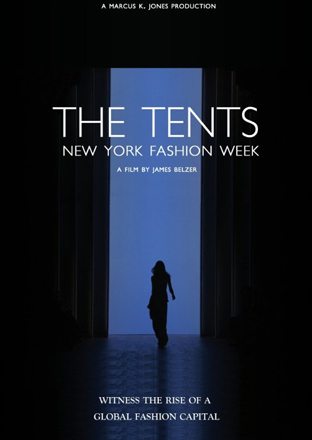
Q:Listen, I mean there needs to be a documentary done strictly on you.
Well, there’s one that was done.
Q:The Tents?
The Tents.
Q:But it was … loosely. But it was good. But any future endeavors?
Absolutely. I’m in my own consulting business now. And you never know when the phone rings every day, who’s calling about something interesting. I’m on the board of a company called Tara [Jewels], the largest exporter of diamonds of India, and I go to India about four times a year for that.
I go to India about four times a year.
But, you know, I’m on the board of a couple of companies, advising some startups. I’m still a consultant to many of the regional fashion weeks: Charleston Fashion Week, Nashville Fashion Week, St. Louis Fashion Week and fashion fund, and I did San Antonio this time; I’m going to Philadelphia Fashion Week right before New York.
Q:How do you pick and choose who you work with, as far as fashion weeks? Do you have to look at their week and make sure it’s in order first?
A little bit of that. You get a sense of talking to the organizers and the people who are running them, what their goals and ambitions are for them, and it’s about liking the people you’re doing this with.
One of the mantras that has always been in my talks and speeches, when people ask for advice, I always say, “Be nice.” And they look at me like I’m crazy. But I say, “At the end of the day, you’re working with people, and there are a lot of people to work with.” If you’re buying clothing from different designers, you can buy it from a lot of good people doing great work. You want to buy it from people you like, from people who are pleasant to work with. Because otherwise it’s just not worth it.
I always say, “Be nice.” And they look at me like I’m crazy.
Q:Exactly.
There are too many nice, talented people to have to work with not nice, talented people. So I feel that way about the people I collaborate with. There’s talent in these cities, and I watch these people really put their heart and soul in creating an event and making something happen, and being so proud of where they live and I believe you don’t have to be in New York to be a designer. And New York is crazy. Let these people have a platform, and experience what it’s like putting on a runway show. And in my role with these various weeks, I bring jury and other guests to come and critique the collections and give advice and what have you. So they get to meet some New York players, and designers, who come, and sometimes a New York designer will go and be a featured designer at these weeks. Everybody’s looking for more visibility and more opportunities.
I watch these people really put their heart and soul in creating an event and making something happen.
Q:Now we’re going to wrap it up with something fun. I’m going to do a rapid fire. So take a drink of water; relax. I’m going to say two options, and you tell me which one you would prefer. Chocolate or wine?
Wine.
Q:Coffee or tea?
Tea.
Q:Really? I remember in your talks you were always saying how people want to have coffee with you.
I know, I went through the coffee phase of my life, but there’s so much acid ….
Q:Movie or Broadway play?
Play.
Q:Beach or the pool.
Depends on which beach.
Q:That’s a good answer. I’ll leave that one at that. And the last one is: digital magazine or print magazine?
Well, I mean, you’re talking digital, right?
Q:Yeah, but it’s okay, we’re fine ….
I’m still one foot in the print world. I love holding a magazine and reading it and looking at it. But I realize I get all my information quickly on a screen this big. And I’m trying to not get blind from it.
##
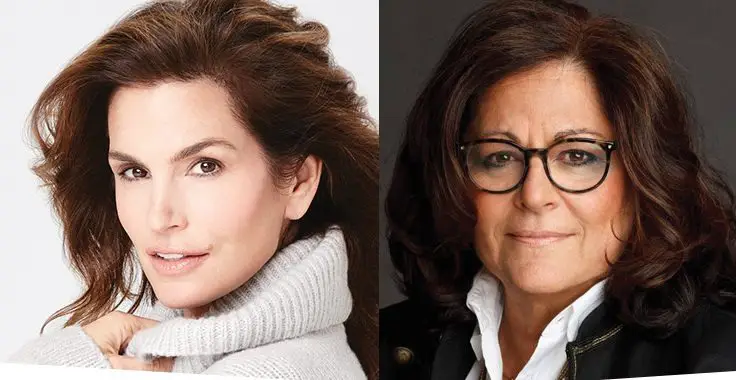
You can buy tickets to see Fern interview Iman, Cindy Crawford, and many more, here.
Follow @FernMallis
Twitter | Instagram
STORY CREDITS
Interview by Chris Collie, FWO New York Editor
Video Executive Producer: Chuck Holliday
Location: Trunk Club NYC Showroom at Villard Mansion
Thank you Nic Gomez, Regional Events Director, Trunk Club NYC
Editor’s Note: We really wanted to call this story: “New York Fashion Week: Absence of Mallis,” but we didn’t have the guts. That would have been a pretty great title, though, you have to admit.
With love,
FWO
